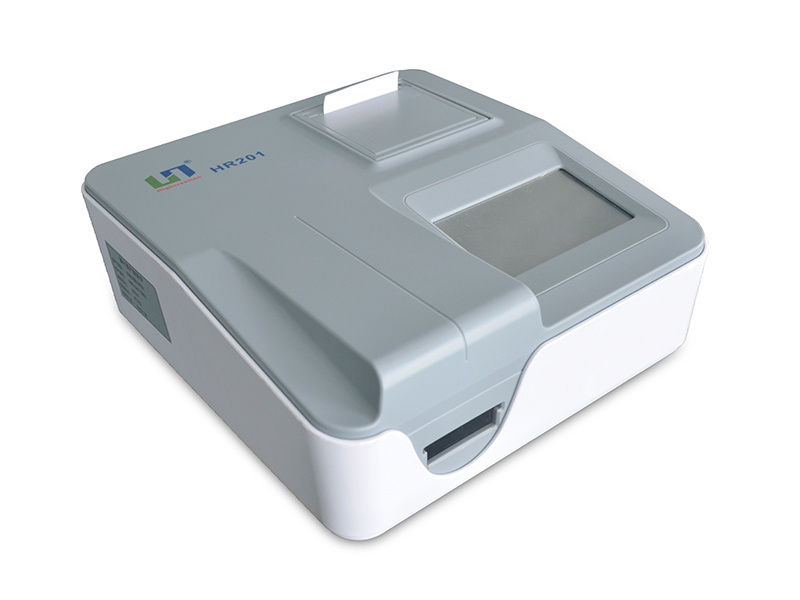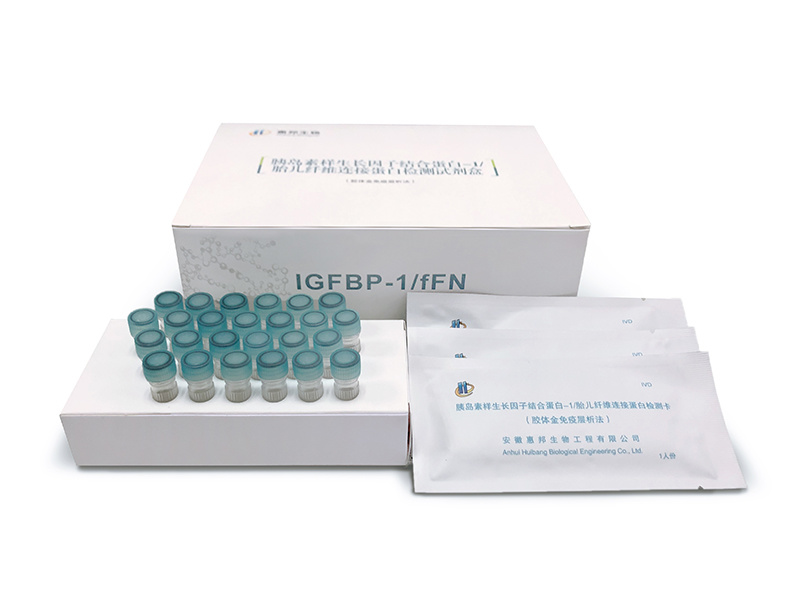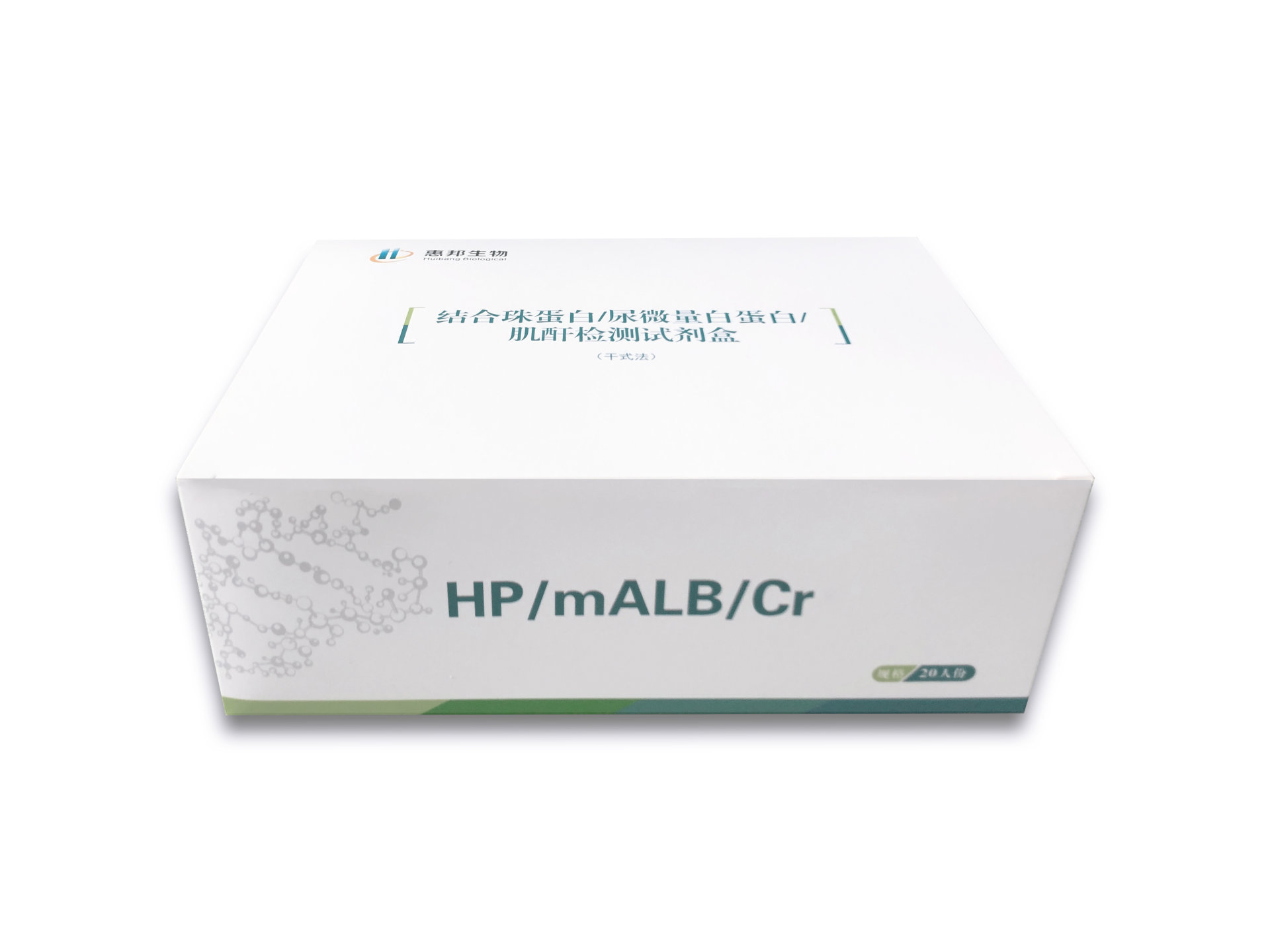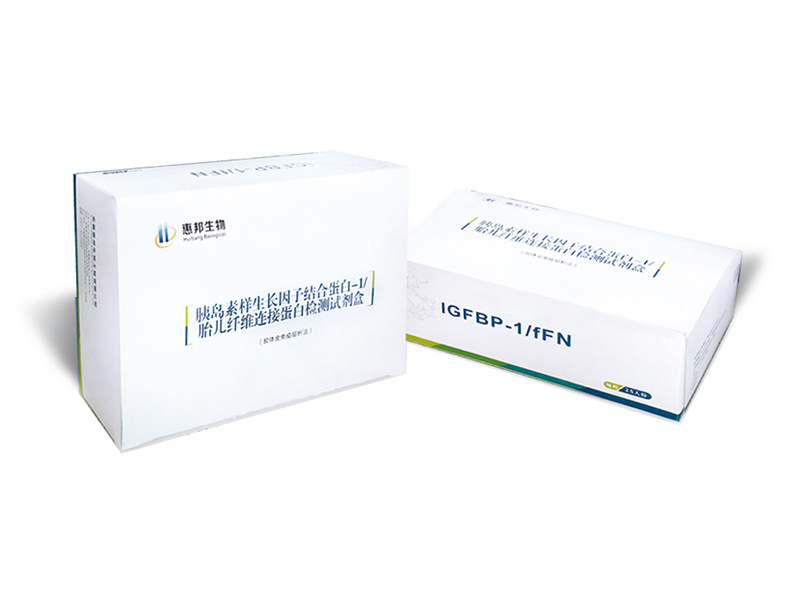Prevention of miscarriage and premature birth monitoring system
Classification:
Featured Items
Key words:
Tel:
Product Details
|
Product status |
Domestic exclusive products, invention patents(ZL 2019 1 0493157.5) |
|
Product status |
The fifth batch of suitable technology promotion projects in the country and Anhui Province |
|
Product value |
To specifically diagnose the markers of premature rupture of membranes and premature birth in vaginal secretions of pregnant women, and provide clinical basis for diagnosing rupture of membranes and predicting premature birth |
|
Product Category |
Prenatal and postnatal care, immunodiagnosis |
|
Features |
Rapid detection, dual index, quantitative analysis |
|
Market demand |
Preterm birth is one of the main causes of neonatal morbidity and death. Accurate prediction of the occurrence of preterm birth is the key to reducing the incidence and mortality of preterm birth. Premature rupture of membranes is one of the main causes of premature birth. |
|
Market capacity |
According to the survey data of the neonatal group of the Pediatrics Branch of the Chinese Medical Association in 2005, the incidence of premature infants has increased from 5% to 8.1%. There are about 20 million pregnant women in China every year, and the market capacity is huge, 20 million * 25 yuan/time = 500 million (cost price). |
|
Core Technology |
Double Quantitative Detection Technology |
|
Competitive Advantage |
1. Dual detection is more comprehensive, and two indicators can be tested in one sampling test; 2. It can quantitatively analyze the protein content of indicators, so that doctors can have a clearer control over the degree of risk and take targeted measures; 3. Protect the normal development of the fetus. |
Insulin-like growth factor binding protein-1 (IGFBP-1 for short)—diagnosis of premature rupture of membranes
Fetal Fibronectin (fFN) - Preterm Birth Risk Prediction
Introduction to premature rupture of membranes
The rupture of membranes before labor is called premature rupture of membranes (PROM), and the premature rupture of membranes at <37 weeks of gestation is also called premature (not term) premature rupture of membranes. Premature rupture of membranes is a common perinatal complication, which can lead to increased rates of premature birth, increased perinatal mortality, increased rates of intrauterine infection and puerperal infection, and premature rupture of membranes after 37 weeks of pregnancy The incidence rate is about 10%, and the incidence rate of premature rupture of membranes less than 37 weeks of pregnancy is about 2.0% to 3.5%. PROM can be complicated by premature delivery, umbilical cord prolapse, and maternal-fetal infection. Once it occurs, the life of mother and child can be endangered if not handled properly. Therefore, accurate and timely diagnosis of PROM is very important.
• Causes of the disease: Trauma, relaxation of the internal os of the cervix, ascending infection of pathogenic microorganisms in the genital tract, mycoplasma infection, increased amniotic cavity pressure, poor connection between the fetal presentation and the pelvic entrance, dysplasia of the fetal membranes, lack of copper and zinc trace elements in pregnant women .
• Risk factors: sexual life in the second and third trimesters of pregnancy; lack of attention to hygiene, possible inflammation of the reproductive tract; malposition of the fetus, multiple births, polyhydramnios; unreasonable nutrition; bad living habits, smoking history; other factors.
Introduction to premature birth
Preterm birth refers to delivery between 28 weeks of gestation and 37 weeks of gestation. Preterm births in China account for 5% to 15% of the total number of births, and about 15% of premature babies die in the neonatal period. Prevention and control of premature birth is one of the main measures to reduce perinatal mortality and improve the quality of newborns. Foreign scholars suggest that the upper limit of the definition of preterm birth be advanced to 20 weeks of gestation.
• Causes: premature rupture of membranes, chorioamnionitis; lower genital tract and urinary tract infections; pregnancy complications and complications; uterine hyperdistension and placental factors;
• Risk factors: poor basic conditions of pregnant women (age, height, weight, physical fitness, smoking, alcoholism, malnutrition, anemia, and abnormal development of the reproductive system, etc.); history of adverse pregnancy and childbirth; history of cervical surgery, uterine malformation, diethylstilbestrol Exposure history; suffering from medical and surgical complications and obstetrical complications; high-risk history of reproductive tract infection or sexually transmitted disease infection, or combined with sexually transmitted diseases; multiple pregnancy, oligohydramnios, etc.; pregnancy after assisted reproductive technology; pregnancy Standing for a long time; no prenatal care, poor economic status; pregnant women with excessive psychological and mental pressure, work tension, etc.
preterm birth assessment tool
At present, the commonly used method is the joint assessment of symptoms and cervical length: regular uterine contractions at least once every 10 minutes at 28 weeks to less than 37 weeks of pregnancy, accompanied by shortening of the cervical canal, can be diagnosed as threatened premature labor. From 28 weeks to less than 37 weeks of pregnancy, regular uterine contractions (not less than 4 times in 20 minutes, lasting not less than 30 seconds), accompanied by cervical shortening of not less than 75%, and cervical dilation of more than 2 cm, are diagnosed as premature labor. This method is judged by symptoms, the specificity is not high, and the potential risk of asymptomatic patients cannot be found.
In addition to the aforementioned means, there are separate assessments of cervical length or biomarkers, neither of which has high specificity.
Fetal fibronectin detection has a very high negative predictive value among biomarkers, so it is extremely valuable, and the American College of Obstetricians and Gynecologists (ACOG) recommends it as a routine item for the diagnosis of preterm birth.
Introduction to IGFBP-1 and fFN
IGFBP-1 mainly exists in amniotic fluid and is a marker protein in amniotic fluid during pregnancy. When the membranes rupture, the amniotic fluid leaks from the rupture of the membranes into the cervix, and the IGFBP-1 contained in it becomes a sign of premature rupture of membranes. 100-1000 times, so the sensitivity is very high, and it can detect the trace amount of amniotic fluid that cannot be detected by conventional means, and solves the problem of occult premature rupture of membranes and high water rupture.
IGFBP-1 is listed as a recommended detection indicator in the "Guidelines for the Diagnosis and Treatment of Premature Rupture of Membranes (2015)" and the American ACOG PROM guidelines.
Fetal fibronectin is an extracellular matrix component of the uterine chorion. It is a glycoprotein that exists between the chorion and the decidua. It is mainly produced by trophoblast cells and exists in high concentrations in amniotic fluid. After 21 weeks of gestation, the fusion of chorion and decidua prevents the release of fFN, so that the content of fFN in normal pregnant women is extremely low at 22-35 weeks of gestation. fFN is only visible in cervicovaginal secretions when the extracellular matrix at the decidua interface is mechanically damaged or degraded by proteolytic enzymes. Therefore, between 22-35 weeks of gestation, the level of fFN in cervicovaginal secretions has a great correlation with whether preterm labor occurs.
The significance of the fFN test lies in its extremely high negative predictive value. If the result of the fFN test is negative, preterm birth will hardly occur within two weeks (probability <1%). fFN is the index recommended in the "Recommended Guidelines for Clinical Diagnosis and Treatment of Preterm Birth".
product description
Insulin-like growth factor binding protein-1/fetal fibronectin detection kit
Double quantitative detection; domestic exclusive product.


Similar product comparison:
(1) IGFBP-1 Qualitative Detection Reagent
fFN Qualitative/Quantitative Detection Reagent
——It is a single test, and it cannot evaluate the integrity of the fetal membranes and the risk of premature birth at the same time, which has limitations.
(2) IGFBP-1/fFN Dual Qualitative Detection Reagent
——It cannot be quantitatively detected, and there is no more accurate evaluation of the amount of amniotic fluid leakage and the risk of preterm birth, and it is also impossible to monitor the change trend of marker levels.
(3) IGFBP-1/fFN dual quantitative detection reagent: Huibang Biological Exclusive
——Two quantitative results can be given in one sample addition, which not only covers a more comprehensive detection range, but also makes it easier for doctors to refer to the quantitative results to give more reasonable intervention measures.
Product advantage analysis:
1. Double advantages
(1) Operational advantages: It realizes simultaneous detection of two indicators in one sampling, which is not only convenient for doctors to operate, but also improves patient compliance, and this product does not require vaginal speculum, reducing patient pain and sampling risk;
(2) When the traditional fFN test is positive, it is impossible to determine whether the risk of preterm birth is caused by premature rupture of membranes, because it is impossible to determine whether the fFN comes from the chorionic decidual space or the amniotic fluid, and the dual detection can clearly determine the risk of preterm birth alone It is still premature birth combined with premature rupture of membranes, which is convenient for doctors to carry out targeted treatment for patients.
Literature: Clinical value of joint detection of cervical insulin-like growth factor binding protein-1 and fetal fibronectin.
2. Quantitative advantage
(1) IGFBP-1 is a marker protein in amniotic fluid, and the measured value of IGFBP-1 is positively correlated with the amount of amniotic fluid leakage. The higher the positive value of IGFBP-1, the higher the severity of premature rupture of membranes, indicating a larger amniotic fluid The amount of leakage is convenient for doctors to refer to.
(2) Studies have shown that the higher the concentration of fFN in vaginal secretions, the higher the risk of premature delivery, and basically no premature delivery occurs when fFN is negative. Although the fFN content exceeds 50ng/ml, it does not mean that premature delivery will definitely occur, but from the fFN concentration in Starting from above 50ng/ml, as the fFN concentration increases, the risk of premature delivery gradually increases, so quantitative detection is more valuable than qualitative detection.
(3) Increased monitoring value: Through the combination of quantitative data and clinical observation, monitoring can be carried out, and the analyzability of the results can be improved.
Literature: fFN (fetal fibronectin) quantitative clinical observational study.
Literature:Quantitative fetal fibronectin screening in asymptomatic high-risk patients and the spectrum of risk for recurrent preterm delivery
Recommended testing population:
(1) The quantitative detection of IGFBP-1/fFN by Huibang Biotechnology has monitoring value, and the sampling risk is low. Pregnant women with conditions are recommended to monitor monthly.
(2) There are high risk factors for premature birth.
(3) Symptoms of premature rupture of membranes or premature birth.
Recommended testing time:
(1) From the 15th week, the concentration of IGFBP-1 in the amniotic fluid has reached a high value, so IGFBP-1 has a diagnostic value from the 15th week until delivery.
(2) From 22 weeks onwards, fFN has the value of predicting the risk of premature birth; after full term, it can be combined with cervical maturity score to judge the time of labor; and for pregnant women with delayed pregnancy beyond 40 weeks of gestation, it can be used to judge the effect of drug induction and auxiliary selection production methods.
In summary, from the 15th week, Huibang Bio IGFBP-1/fFN detection can be carried out until delivery, and has different clinical values at different gestational weeks.
Previous Page
Next Page
Recommended Products
Online consultation






